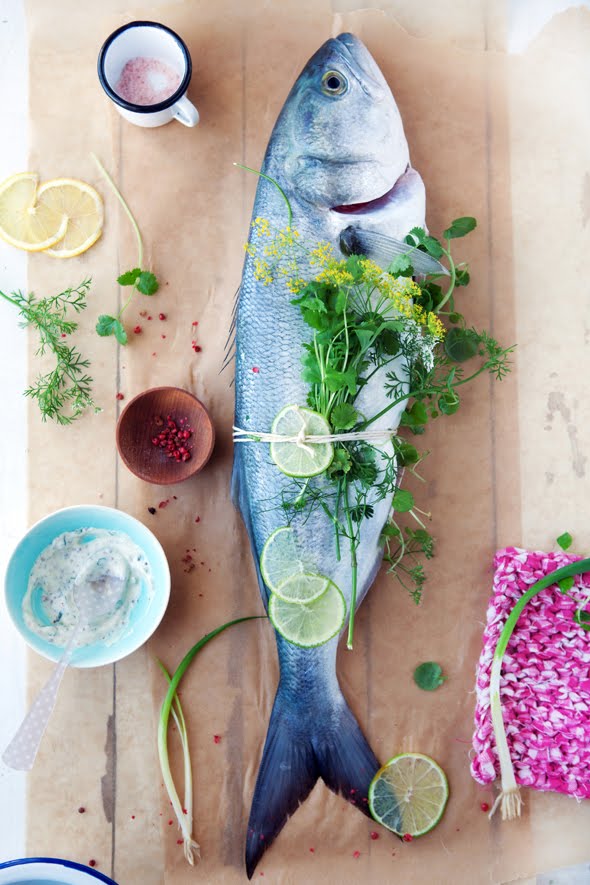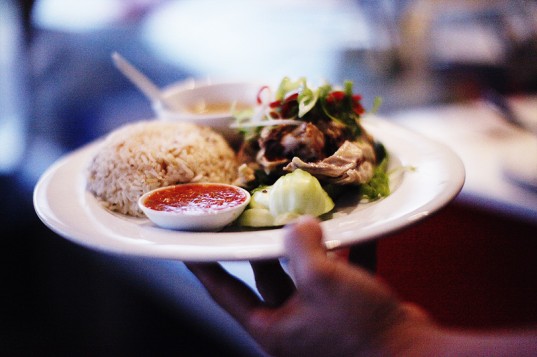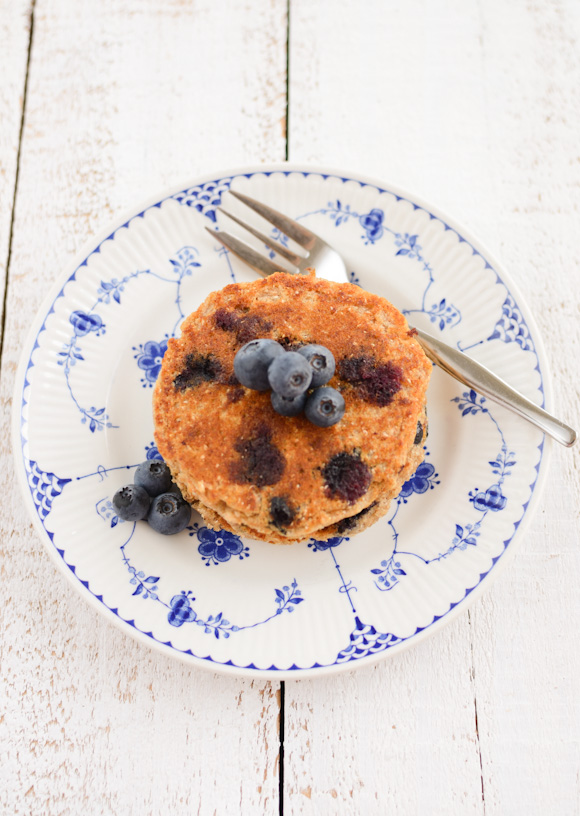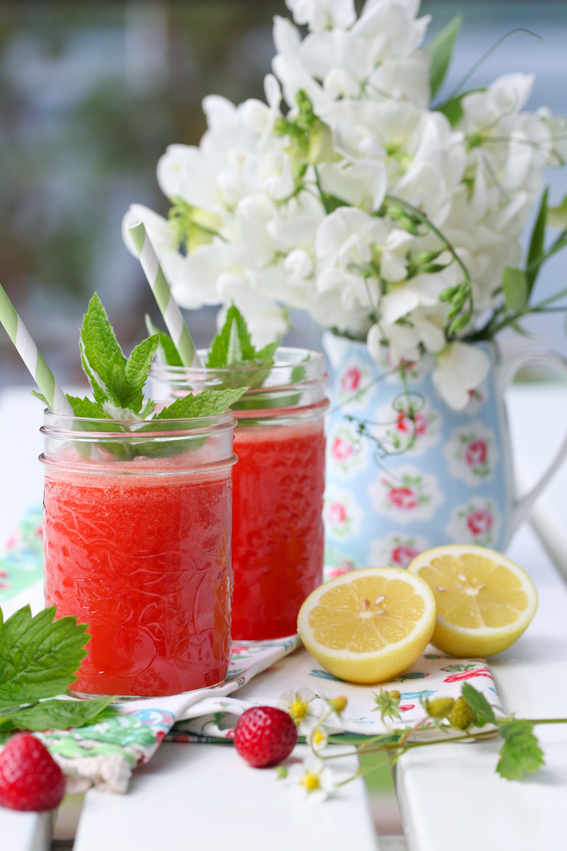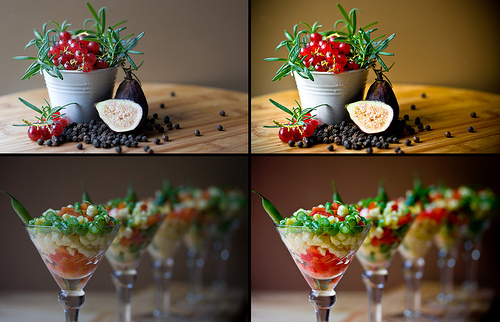Now. You might have noticed (and politely not commented): I’m am THE crappiest food photographer going around.
Cooking? I’m in my element. Dreaming up flavour combinations? Few can rival my boundless creativity (hyperbole alert). But I just seem to descend into an impatient numbskullness when it comes to capturing it in a pretty pic.
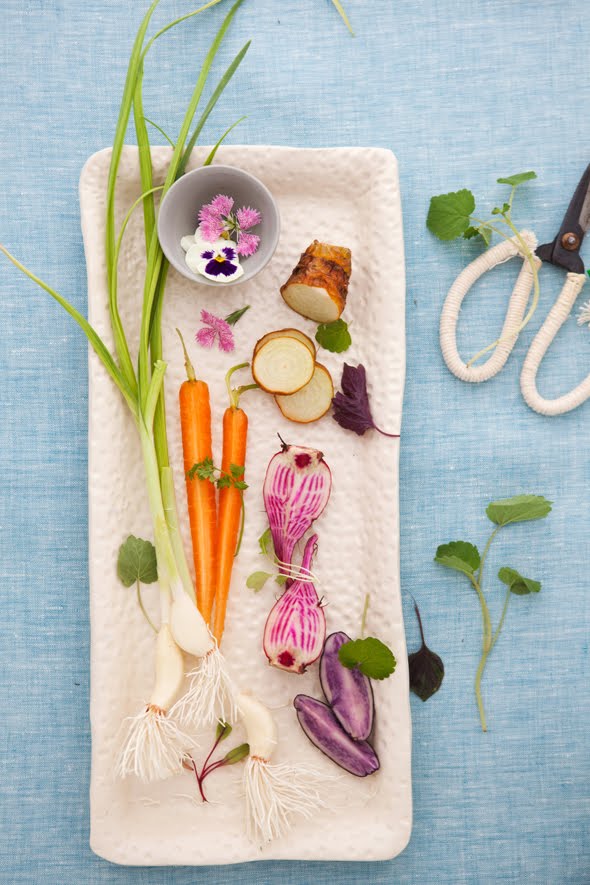
I’ve been meaning to ask a few friends of this site for a while to share their tricks. They most gracefully agreed to share theirs here with us all. And all of them are indeed graceful…their pictures speak more than my words can…
Aran Goyoaga, food stylist, writer + photographer
Her blog: Cannelle et Vanille, a basque-inspired mix of food, life, and photography.
Her story: a gorgeous Basque ex-pat living in the US since 1998. We connected online and share auto-immune love (Aran also has thyroid issues)…there’s a little community of us who’ve connected in this way and we plan to unite on a project one day, don’t we Aran!? Aran runs food styling workshops around the country and her first cookbook will be published later this year.
1. Lighting is everything. Shoot in natural light when possible. Find a bright space, but try to avoid direct sunlight as it casts harsh shadows on subject. If sun is right on top, diffuse the light with a diffuser, a sheer curtain or even a sheet of parchment paper taped to the window. Manipulate light using white or black foam board. White will reflect even more light into the subject and black will take away. Play with these elements until you find the bright/darkness balance that speaks to you and the mood you want to evoke.
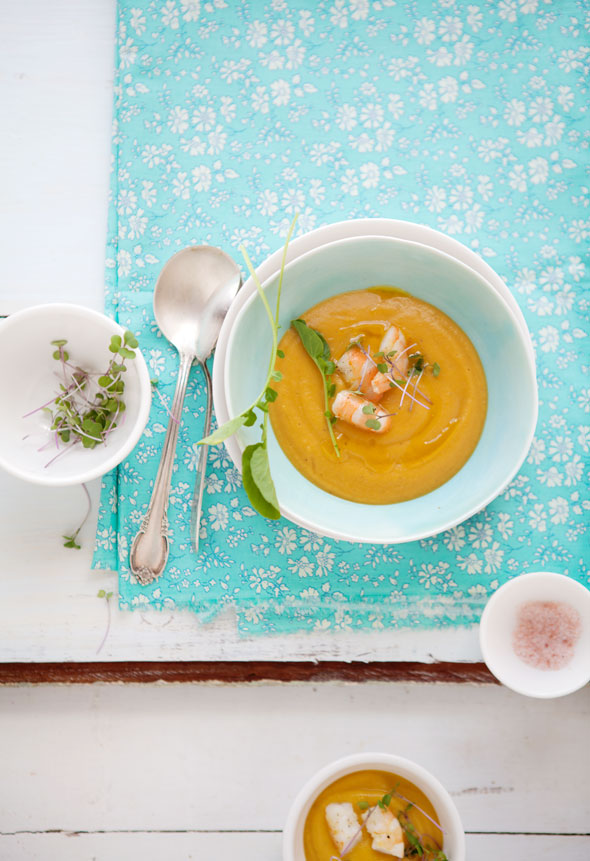
2. Determine what the focus of your image will be. Then think about what depth of field suits this image that you want to create. You will have to think about the lens you want to use. Once I have determined the lens I will use, I examine the light available. I set my aperture and ISO according to the light. The aperture I select will also affect the depth of field so I take that into account. I always shoot in manual mode so I control all the settings and I shoot RAW.
3. Pay attention to composition. Place the food and the props in a way that pleases your eye. I usually recommend taking something out while shooting and comparing the before and after. Add movement to a shot by adding curves and geometry. Avoid too much repetition as it looks too staged.
4. Food should be a bit interactive. I like to incorporate styling elements that evoke an interaction – reminding us that someone cooked that dish or that someone is eating it. Cooking vessels where the soup is swirled around the edges, a spoon with a bit of food that rests on the plate, a half eaten cake… Think about the small details.
5. Think about harmony in color and shape without being too “matchy”. Add unexpected elements that break repetition.
Vanessa Rowe, graphic designer by day…
Her blog: Low Flying Duck, a blog about happy gluten free eating.
Her story: I know Ness from Sydney. She was diagnosed with Coeliac’s a few years back and developed this site because she was…hungry. The name of the site originates from the very Australian and irreverent saying: “I’m so hungry I could eat the crotch out of a low flying duck”.
6. Be prepared. Have a rough idea of how you want the shot to look before the food is ready. I often set everything up without the final prepared meal – do some test shots and check the lighting and composition first.
7. Experiment with styling. White plates are beautiful, and most food will nearly always look great on them. But different is great too. Mix up your coloured plates with your food and see what happens. Change the background around. Put ingredients or objects into the shot and see their impact. Visit second hand or op shops to find interesting props. Shoot lots and lots of shots in a variety of angles.
8. Study & read. Go forth and google. Or go through your beloved cookbooks. There’s so much information either online or on the bookshelf which can help with ideas, technique and motivation.
9. Don’t shoot when you’re hungry! This can be hard if you blog about your meals, and often shoot right before eating. I find I shoot in a much more relaxed and patient mode if I’m well fed before hand.
10. De-blob and clean up. Give plates and cutlery a wipe before shooting. A blob of food in the wrong spot or fingermarks on a wine glass may not be totally noticeable when you’re setting things up, but could become glaringly annoying once you view the pic on your screen.
Maria Laitinen, a Finnish prop stylist + blogger
Her blog: Scandi Foodie, a blog full of healthy, feel good foods influenced by her Scandinavian background.
Her story: Maria’s a prop-stylist originally from Finland, now living in Sydney, Australia. As you probably know, because she’s contributed to this site a bit, she’s recently done the sugar-free challenge and has developed some great vegan versions.
11. Learn how to use your camera. Many foodies are willing to invest in a good camera, but it is just as important to learn how to use it and understand the significance of lighting, angles and depth of field.
12. My style is very minimalistic. I like to keep the props to a minimum and instead focus on the ingredients and food.
13. I use a fast lens that is good for low-light situations.
14. I always shoot in manual setting and use metering, and I try a few different exposures to see what works best.
Julie, interior designer + one half of The Alkaline Sisters
Her blog: The Alkaline Sisters, a site all about de-acidifying your life with gorgeous, healthful recipes.
Her story: Julie started the site with her sister Yvonne because they wanted to share the benefits of going alkaline.
15. Some angles are much more pleasing to the eye. I find about a 30-45 degree angle toward the dish is usually pretty good but a photo from above or straight on is sometimes exactly what’s needed. Avoid deep converging lines that distract and distort as this can make the difference between a poor shot and a fabulous shot and this usually occurs with a poor angle while shooting.
16. Use depth of field. This has become a very popular way to shoot food effectively and creatively. Blurring the background enough with a low aperture setting to suggest and soften other elements in the shot while making the focused portion what you want the viewer to see first and foremost, can be very effective.
17. Pleasing proportions and layout make the image feel real. Choose elements for your shot that scale well together where one doesn’t dwarf the other. Avoid visually dividing your shot in half, top to bottom for greater interest. I usually like to consider the ‘rule of 3rds’ – divide your shot visually into roughly 3 horizontal or vertical divisions. Also, placing some items near and some further away creates more depth in the shot.
18. Try to avoid cropping. What I see is what I try to use as my image instead of post cropping. Try to crop the image as you shoot so that you don’t lose quality with a deep crop in post processing and that you achieve your intended composition.
19. Think about your props. Think of the mood that you wish to convey, a fresh bright morning with playful colour and pattern or softer more dreamy feeling with soft muted colours or maybe even darker colours and low lighting to create a bit of drama. The mood will determine your choices for props being perhaps plain white with natural linens, a stone vase with white flowers OR a patterned plate with textured linens. Of course don’t forget to consider the food- how will the colour of the dish influence the mood, is it comfort food that is served on a cold rainy day or is it a fresh crispy salad on a summer afternoon.
some extra tips:
I also found these tips on this comprehensive food photography post from Vegan Yum Yum.
20. The right dish really sets the overall look for the photo. White will always work. Square dishes look very classy. And smaller is better – they’re easier to fill with food and prevent your plate from looking bare.
21. Make your own background. My favorite backgrounds are just simple 20×30″ foam-core boards that I spray painted on my porch, a different color on each side. They’re cheap, easy to make and customize, easy to store, and fairly durable. Buy matte finish spray paint – glossy paint will cause unsightly glares in your photos.
22. Follow the rule of thirds. For good reason. It just works. If you’ve never heard about it, definitely check out this link. It’s a reliable way to dramatically improve the images you make without much fuss.
23. Invest in the post-processing. I recommend a piece of software called Lightroom to edit and organize photos. It’s not free, but it is fabulous. Since I shoot in RAW, the images that come directly out of the camera are usually pretty “flat” looking. RAW images require some sort of processing, and most people turn them into high-res JPG files, making edits to color, contrast, sharpening, exposure, and white balance along the way. I tend to boost contrast and color saturation, as well as add vignetting (darkened edges), but it really depends on what I’m trying to bring out in the photo.
I know many of you are food bloggers/instagramers/pinteresters…feel free to share your additional thoughts. I need them! Do you have a camera lens you love? Software recommendations for post-production?
